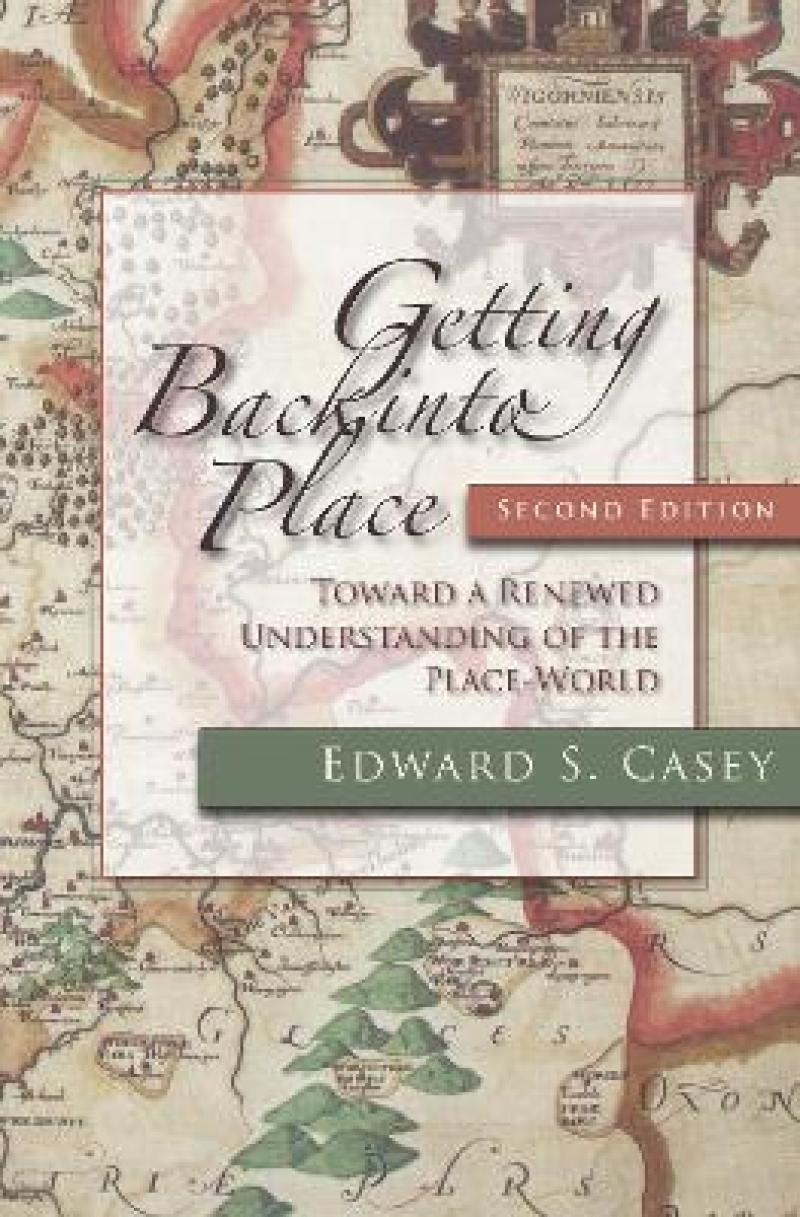<p>"Casey's contributions complement those [of other writers], but they surpass most extant works in their majestic breadth, depth, and scope, offering insightful analyses, careful explications, and creative re-readings of both environmental phenomena and historical texts."—<i>Environmental Ethics</i><br /> "This important and inspiring book is without question the most significant statement on place in our time."—<i>Theology Today</i><br /> "Getting Back into Place offers an even more generous approach to place. According to Casey, we connect with a place merely by being attentive to it, open to its possibilities."—<i>Environmental History Review</i><br /> "This rich intervention in the current discourse among scholars in the humanities and social sciences asserts the pervasiveness of place in constructing culture and identity."—<i>World Trade</i><br /> "In descriptions of unprecedented scope, power, and concision, Casey illuminates brilliantly the vexing question crucial for our survival: What is our place in the domain we inhabit and in wilderness Nature?"—<i>Bruce Wilshire</i></p>
What would the world be like if there were no places? Our lives are so place-oriented that we cannot begin to comprehend the loss of locality. Indeed, the space we occupy has much to do with what and who we are. Yet, despite the pervasiveness of place in our everyday lives, philosophers have neglected it.
Since its publication in 1993, Getting Back into Place has been recognized as a pioneering study of the importance of place in people's lives. This edition includes new material that reflects on the development of the field of environmental philosophy and presents Edward S. Casey's current thinking on place and home in our increasingly troubled world.
Preface: Being before Place
Acknowledgments
Introduction to the Second Edition
Part 1. Finding Place
1. Implacement
2. Displacement
Part 2. The Body in Place
3. Directions
4. Dimensions
Part 3. Built Places
5. Two Ways to Dwell
6. Building Sites and Cultivating Places
Part 4. Wild Places
7. The Arc of Desolation and the Array of Description
8. Going Wild in the Land
Part 5. Moving Between Places
9. Homeward Bound: Ending (in) the Journey
Epilogue. New Work on Place: Space, Time, and History
How to Get from Space to Place in a Fairly Short Stretch of Time
Smooth Spaces and Rough-Edged Places: The Hidden History of Place
Notes
Index
Produktdetaljer
Biografisk notat
Edward S. Casey is Distinguished Professor at Stony Brook University. His previous books include Imagining (IUP, 2nd ed., 2000), Remembering (IUP, 2nd ed., 2000), and The World at a Glance (IUP, 2007).
